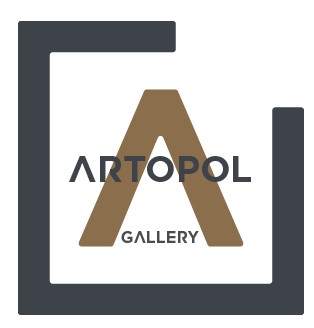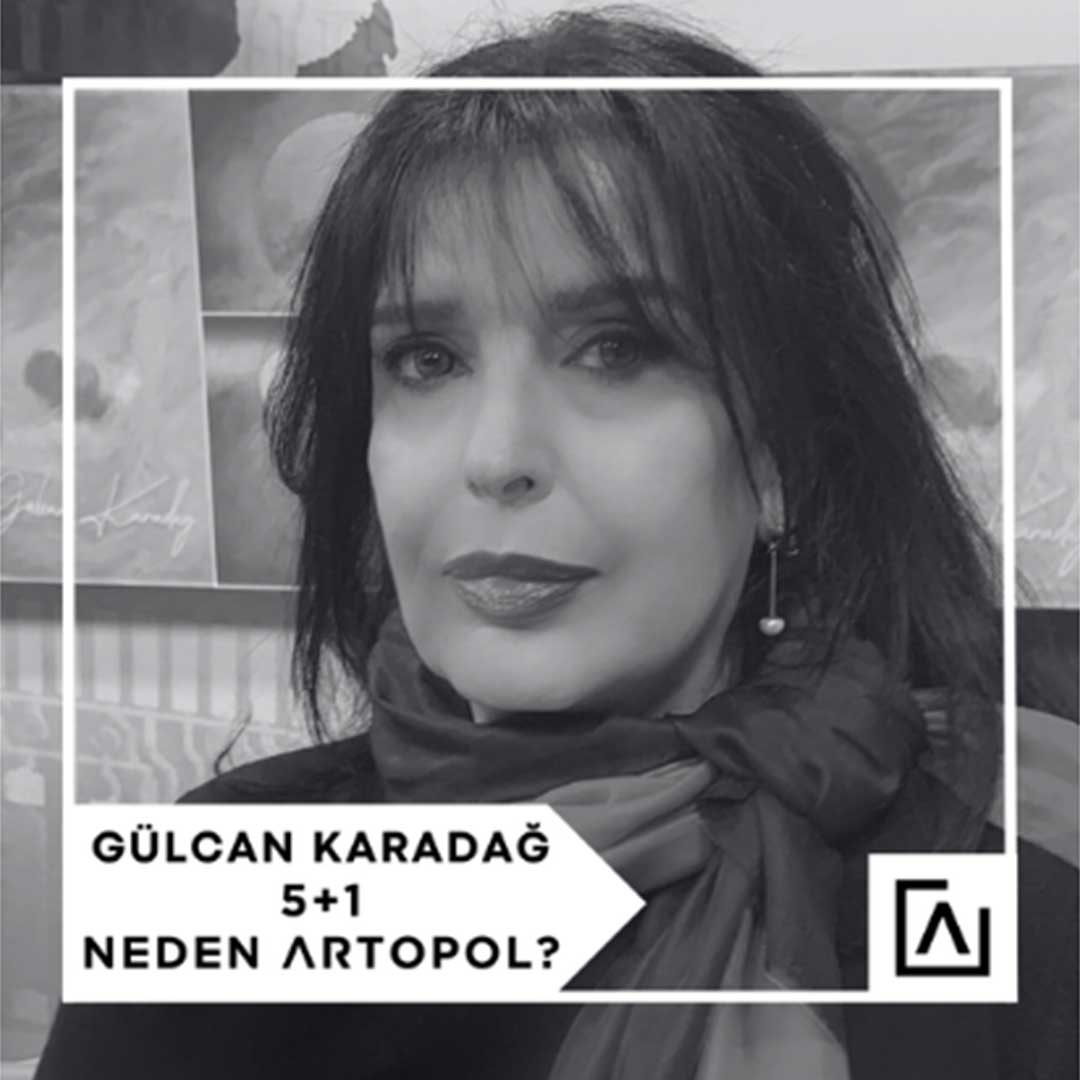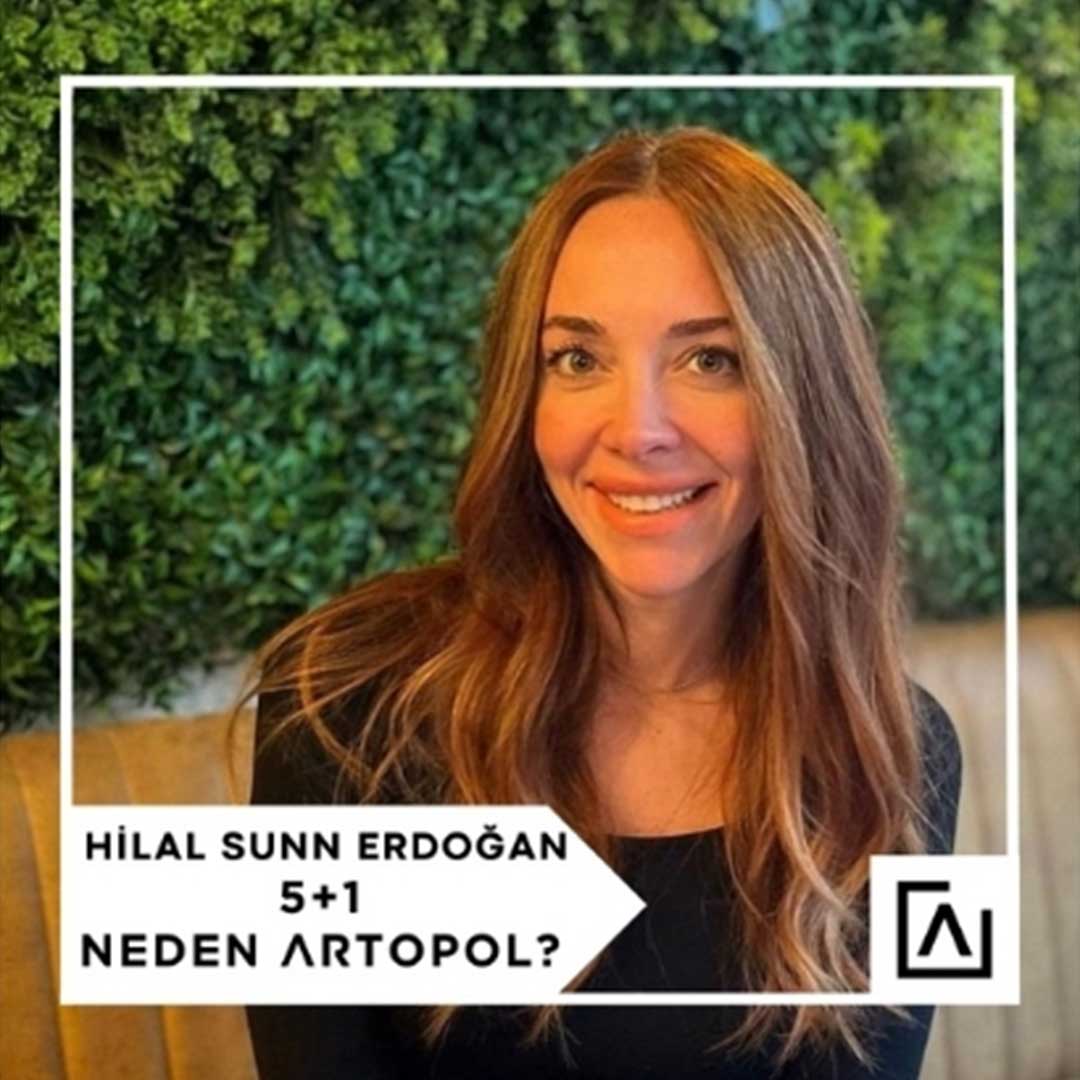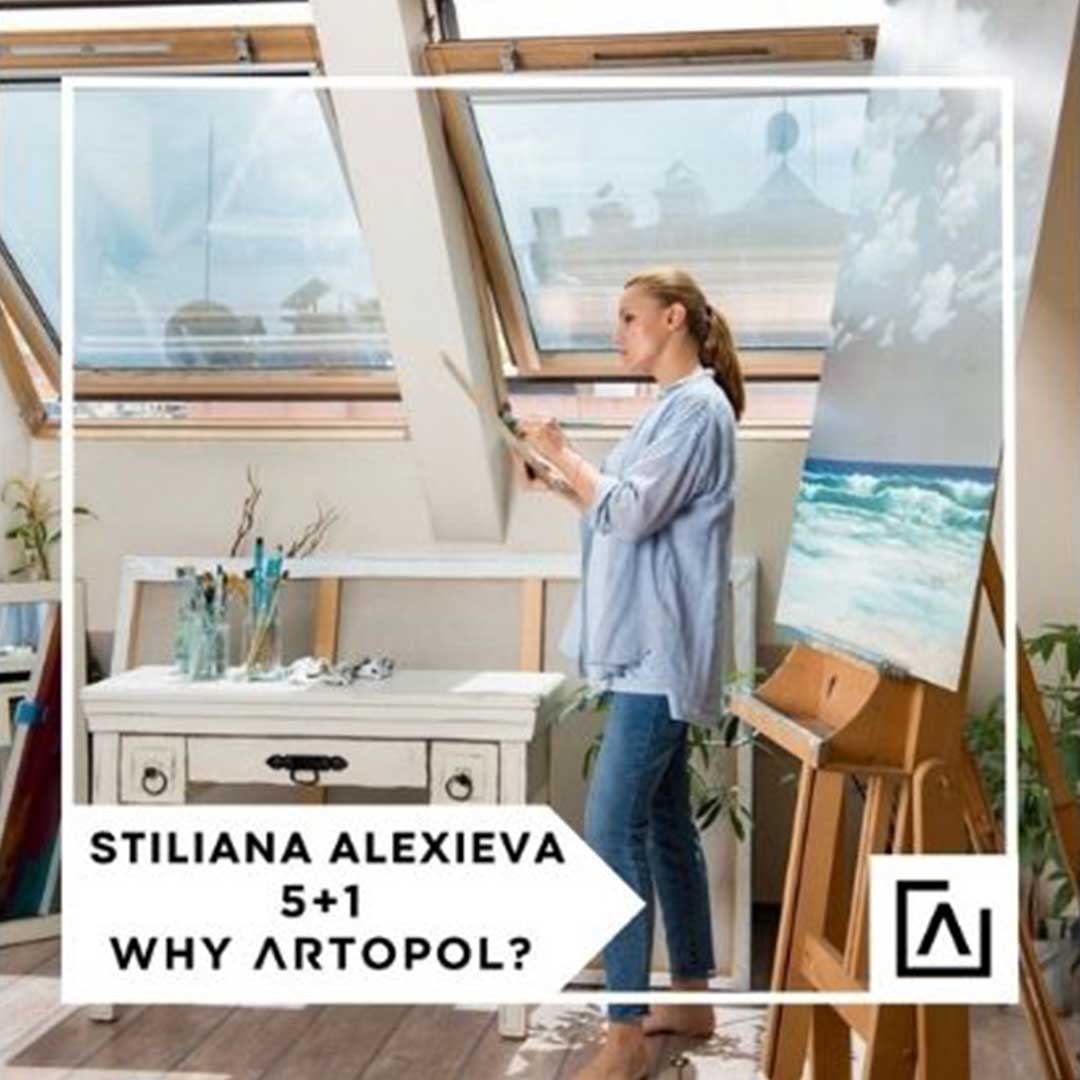Artopol Gallery: Why Artopol?
Cömert Doğru: Personally, it’s very personal. I knew Ms. Pınar beforehand. She is very genuine. That’s my only reason. Professionally, we first came together for the "I Have A Dream" exhibition. Our curator Hakan Kürklü called me and talked about the exhibition. I said, “If you’re there, I’ll come too,” and that’s how we started working. It’s based on trust.
AG: As an artist, what do you value in relationships with galleries and collectors?
CD: Ideally, I think the artist should create their artwork, while the gallery should inform where the artist needs to make decisions and, if necessary, introduce the artist to collectors. The gallery should handle advertising and relationships, and the artist should focus solely on creating. When I paint, I am creating art, but once the painting leaves the studio, it becomes a business. It needs to be treated as such. Everyone in this relationship should adhere to the agreement.
AG: How do you view accessibility in art?
CD: If we talk about access to artworks, there are two options: either you constantly acquire works from prolific, fast-working artists and follow them, or you follow the artist's process, wait, and eventually access the final piece. I believe some things require patience. I’m not entirely happy with how fast everything moves.
AG: How do you see the relationship between art and online platforms?
CD: I find it quite absurd. I wouldn’t buy art online. I might browse and like something, but I would definitely go see it in person. Online platforms offer a variety of viewing options, which is nice, but I’d want to see what I decide to buy. Still, it’s a good opportunity for an initial meeting.
AG: How’s your relationship with technology? Does it reflect in your art?
CD: Perhaps paint can reflect technology, but otherwise, I don’t really use technology when creating my works. I studied graphic design, so I know computer programs, but I don’t use them.
AG: How did you transition from graphics to painting?
CD: While studying graphics, I started doing illustrations in my second year. I really enjoyed it and continued for a while. I never did any traditional graphic work. I started painting 8 years ago, which was a random beginning, and then it continued.
AG: You also did book covers, right?
CD: Yes, one of them was Stephen King's "Pet Sematary." I really enjoyed it. You’re constantly interacting with the book, which is wonderful. It’s a difficult task too. You have to reflect the book and also satisfy the publisher.
AG: Can you describe your art?
CD: It’s often described as hyper-realistic, but that’s not exactly true for my art. I also work from photographs, but I change things because I like to alter. It comes alive in my mind. I include the details I want and leave out what I don’t. I’m trying to make a better version of what I see. Creating my own reality… for example, I don’t paint skin texture or pores. That’s hyper-realism, I think. My works look realistic, but I add details where I want. There’s a brushstroke feel in them, which makes them more intimate, and I want them to feel intimate. I’m like that myself; I want them to reflect me.

AG: How would you define your style?
CD: If I have to say something, I’d just say realistic. I can explain like this: if the same person were painted by me and by someone who truly works hyper-realistically, there would be a difference. I add a lot of myself. In hyper-realism, that shouldn’t happen; it should be exact. I add and remove elements from reality. I don’t calculate it. I don’t say “I’ll add this or remove that,” I just do it.
AG: Let’s talk about your works, for instance, what’s the secret behind the fish?
CD: My works look realistic but are symbolic, and the fish are there to reflect the emotional side of the work. Previously, there were rabbits. I’ll do other things in the future. The fish create a connection between the viewer and the female figure.
AG: Why fish?
CD: They’re very suitable for conveying emotion. They seem very pure to me. Also, I like the idea of fish floating around. I play with them, which makes their expressions stronger. Some are angry, some sad… they symbolize emotions. But symbolism is also in the female figures. I want to convey the moment and emotion.
AG: Aren’t the expressions of the women enough?
CD: The fish make the expression stronger. There’s an expression in the figure, yes, but the fish are there to convey exactly what I imagine. That’s the symbolic side. I actually create very romantic paintings. There are soft transitions.
AG: And the women, who are they?
CD: Some are famous women, but others are models. I don’t choose figures based on popularity. I have something in mind, a specific composition, and I fit it to that. This also applies to the fish. I don’t reproduce the models exactly; I alter them a lot. Even they wouldn’t recognize themselves. I shape their hands, arms, legs, and skin tones according to the emotion I want to convey. I don’t depict the fish exactly as they are either. That’s what makes it challenging. If I exaggerate, it wouldn’t look realistic.
AG: Which emotion do you portray most?
CD: Actually all of them. But I like depicting strong women. Because if not, the woman would only be her appearance. I wouldn’t fit the opposite into my work. I want both men and women to appreciate it. I also notice that nude works are more appreciated by women. Because they’re not pornographic. They’re not naked for the sake of being naked.
AG: Do you work with male figures?
CD: Not much. If I were a woman, I’d also work with female figures, but it’s not because I’m a man. Women are very aesthetic. No matter how they stand, they are aesthetic. Fish or any other object fits well.
AG: So you have an aesthetic concern?
CD: My aesthetic concern is 1500%. It’s a personal aesthetic, reflecting my taste and perspective. There’s a fine line between nude and pornographic images. That’s the line I’m on. It merges with what I want to convey and the image I want to create. But I’m not commodifying the woman. I’m not saying this part should be like this, that part like that. For example, if I need to draw an aggressive type, I’ll choose a slender type to reflect it better. It’s a combination like that.
AG: How does your creative process start?
CD: It always starts in my head. Ideas form in my mind, and I always take notes. I have an envelope, and I put them inside. It has a lightbulb on it. This way I don’t forget. Sometimes I don’t look at it for a while, I just put things in. Then I review them. Sometimes I also make sketches and put them in.
Sometimes I sketch, sometimes I don’t. I have ideas in my head and want to draw them immediately. I start on the canvas and then paint. If I need to change something, I do it directly on the canvas.

AG: Where do you get inspiration?
CD: I honestly don’t know. I say I do it like this, but while doing it, I don’t think about any of it. When you ask, I think, “I must be doing it because of that.” It comes from within me. I don’t show anyone while painting. I don’t like getting opinions either. Opinions make it too complicated.
AG: You create realistic images. Do you draw from life? Do you observe, for example?
CD: Maybe I do without realizing, but I’m not doing it consciously. When I’m not working, I’m never at home; I’m always outside. I don’t want to stay home because I work a lot. I’m very active, can’t sit still. When painting, I work for long hours, but once it’s done, I can’t stay home. When I go out, I might observe unconsciously. Things from conversations or movies might stay with me.
AG: How do viewers react to your works? Since they are so realistic and detailed, do they struggle to interpret them? How do you feel about different interpretations?
CD: Usually they look for mistakes. They think it’s a print. For unusual interpretations, at first, I was surprised and bothered. Later I learned not to think like that. Whatever you do, people see what they want. So even if ridiculous interpretations come, or comments I don’t want to explain, I’m not affected.
AG: How do your old works differ from your current ones?
CD: My understanding of painting evolves. Over time, you learn to convey emotion, colors, etc. It’s still developing. After finishing one painting and starting another, I want it to be different, to progress with new things. I’m always trying to improve. It’s an endless cycle.
AG: Where does this cycle lead? How do your works evolve?
CD: I’ve left myself very free in that regard. I depict whatever comes to mind. I don’t know if it will transform into something else.
AG: Do you get stuck while working? What do you do in those situations?
CD: I’ve never experienced that. I always have ideas in my mind. I have so many that I write them down and put them in the envelope. My biggest issue is not having time to execute all the ideas. My mind never rests.
AG: How do you define art?
CD: I define it as a way to convey what’s in your mind. It can be writing, sculpture, or cinema. It’s a way to convey perspective. I’m just conveying my perspective, how I view the world.
AG: Thank you for this wonderful conversation.
CD: You’re welcome, thank you.
Interview: Zeynep Dikmen



